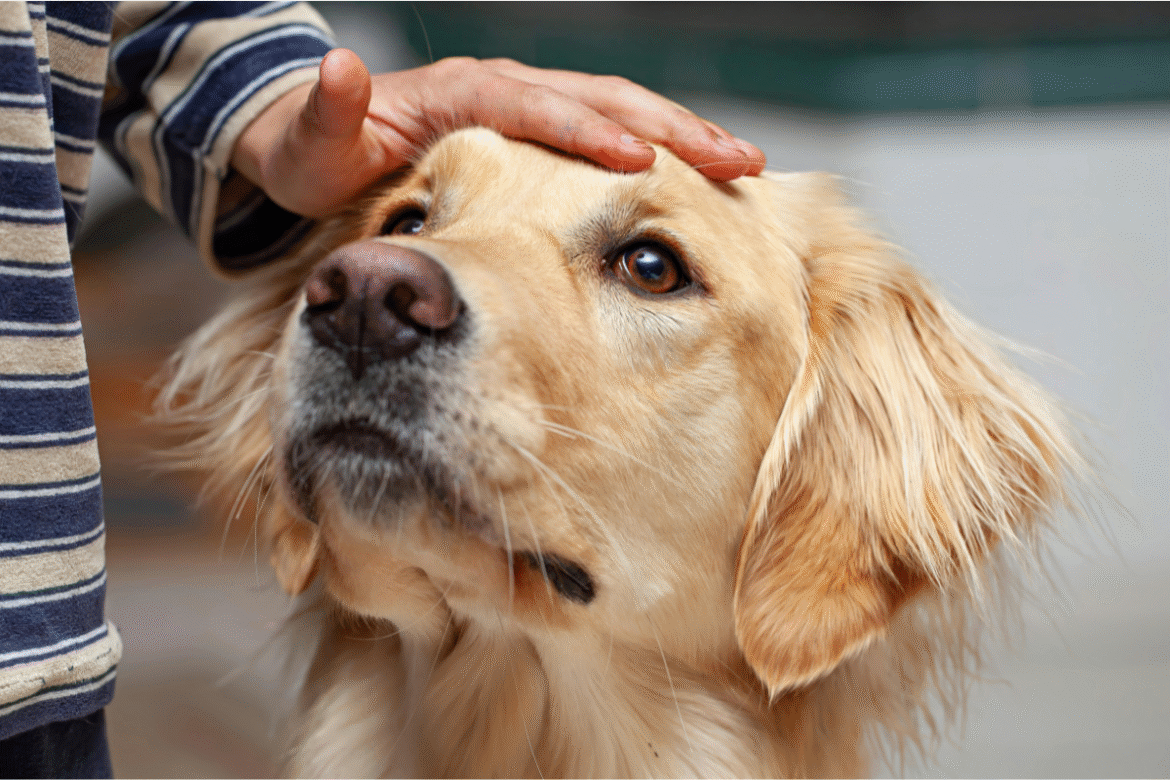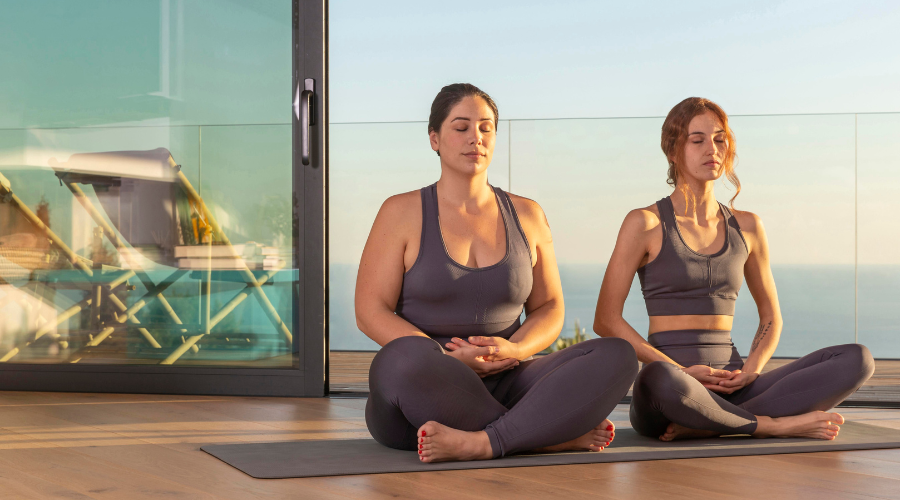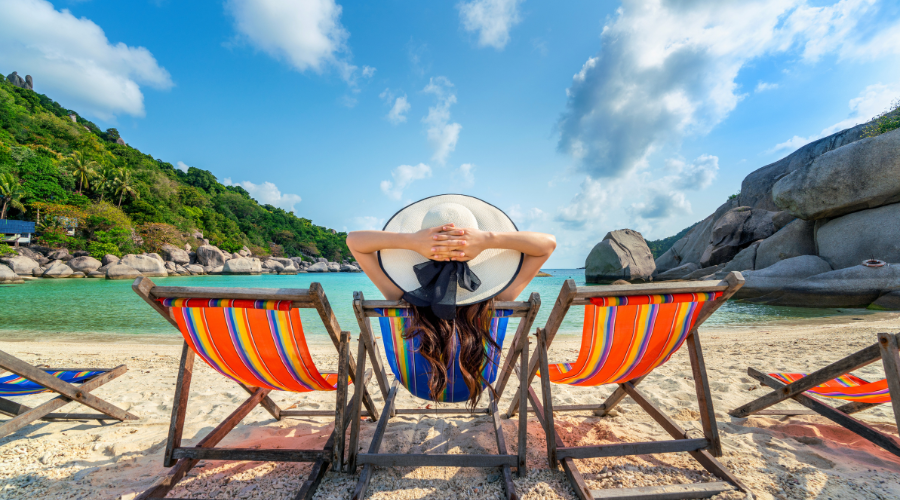Long flights are a fact of life for anyone traveling internationally or across continents. While they can be exciting for the destinations ahead, hours spent sitting in an airplane can be uncomfortable, draining, and even stressful if you’re not prepared. From cramped seating to disrupted sleep schedules, dehydration, and jet lag, long-haul flights challenge both your body and mind.
The good news is that with proper planning, smart packing, and a few insider tips, you can transform your next long flight into a manageable-and even enjoyable-experience. This comprehensive guide covers everything from packing and in-flight comfort to health, entertainment, and post-flight recovery, with practical tips and recommended products that make a real difference.
Pack Smart for Comfort and Convenience
Packing for a long flight isn’t just about fitting everything in your suitcase-it’s about anticipating your needs during hours in the air and ensuring you can travel comfortably.
Essentials to Bring on the Plane
Travel Pillow: Sleep is often elusive on planes due to upright seating and noisy cabins. A travel pillow like the Trtl Travel Pillow provides proper neck support and prevents your head from tilting awkwardly during sleep. Its lightweight design makes it easy to attach to your carry-on bag.
Compression Socks: Prolonged sitting can lead to swelling and, in some cases, deep vein thrombosis (DVT). Compression socks, such as Physix Compression Socks, improve circulation, reduce swelling, and keep your legs feeling fresh even on flights over 10 hours.
Noise-Canceling Headphones: The constant hum of an airplane engine can disrupt relaxation. Quality noise-canceling headphones like the Sony WH-CH720N block out background noise, allowing you to sleep, meditate, or enjoy your favorite music or movies without distraction.
Portable Charger and Power Bank: Nothing’s worse than running out of battery mid-flight. A compact and high-capacity charger such as the Mophie Powerstation Plus keeps all your devices powered, from smartphones to tablets and e-readers.
Reusable Water Bottle: Airplane air is extremely dry, making dehydration a common issue. Bring a reusable water bottle and fill it after passing airport security. Hydration is one of the simplest ways to avoid fatigue and jet lag.
Healthy Snacks: Airport food and airplane meals aren’t always the healthiest or most satisfying. Pack snacks like almonds, protein bars, dried fruits, or even a small sandwich for long-haul flights. A Leakproof Bento Box is convenient for keeping your snacks organized.
Change of Clothes: For flights over 8–10 hours, a fresh shirt or top to change into upon arrival can make you feel more presentable and refreshed.
Maximize Sleep on Long Flights
Getting quality rest is the biggest challenge for most travelers on long flights. Here are some practical strategies to improve sleep:
Tools for Better In-Flight Sleep
Neck Pillows: A good neck pillow like the Bcozzy Double Support Neck Pillow cradles your head and neck, preventing stiffness and pain.
Eye Masks: Blocking out light with a comfortable eye mask signals your body that it’s time to sleep. For added comfort, try a contoured mask that doesn’t press on your eyes.
Earplugs or Sleep Headphones: Reduce noise distractions with foam earplugs or specialized sleep headphones. Many travelers swear by headphones that play white noise or calming sounds to improve rest.
Adjusting Your Sleep Schedule
Pre-Flight Sleep Shifts: Gradually adjusting your sleep schedule to match your destination’s time zone before departure can reduce jet lag. Even shifting sleep by 30–60 minutes a few days in advance helps.
Short Naps: If you can’t sleep for long stretches, short 20–30 minute naps are better than staying awake the entire flight. They help you stay alert without feeling groggy.
Avoid Caffeine and Alcohol: Both can interfere with sleep quality. Stick to water or herbal teas to stay hydrated without disrupting rest.
Hygiene and Freshness in the Air
Airplanes are dry, crowded spaces. Keeping clean and comfortable improves overall comfort.
Moisturizer and Lip Balm: Dry cabin air can leave skin and lips feeling tight. A travel-sized moisturizer and lip balm keep your skin hydrated throughout the flight.
Hand Sanitizer and Wipes: Always have hand sanitizer and antibacterial wipes for cleaning your hands and tray tables. This is especially important on long-haul flights where you’re touching shared surfaces frequently.
Facial Mist: A hydrating facial mist can instantly refresh your skin during a long flight. Brands like Evian Facial Spray are travel-friendly and soothing.
Change of Clothes: A quick outfit change mid-flight makes a surprisingly big difference in comfort, especially on long flights when you’ll be sitting for hours.
Nutrition and In-Flight Eating
Eating well is critical to maintaining energy levels and avoiding digestive discomfort during long flights.
Healthy Snacks: Choose nutrient-rich, easy-to-carry snacks such as nuts, granola bars, fruit slices, or yogurt pouches. Avoid overly salty or sugary foods, which can cause bloating or dehydration.
Balanced Meals: If the airline offers meal options, opt for lighter meals that include lean protein, vegetables, and whole grains. This prevents sluggishness and improves digestion during flight.
Stay Hydrated: Drinking water consistently is key. Electrolyte drinks like Nuun Hydration Tablets can help replenish lost minerals and keep your body energized.
Move and Stretch to Reduce Stiffness
Prolonged sitting can cause stiffness, swelling, and discomfort. Combat these issues with regular movement:
In-Seat Exercises: Flex your ankles, rotate your shoulders, and gently stretch your legs while seated. Even subtle movements enhance circulation.
Walk the Aisle: Make a point to get up and walk down the aisle every hour or two. It’s essential for preventing blood clots and muscle cramps.
Stretching Bands: Lightweight resistance bands can be used for small stretches even in tight airplane seats, keeping muscles flexible.
Foot Exercises: Point and flex your toes and lift your heels off the floor to improve circulation in your lower legs.
Combat Jet Lag and Adjust Quickly
Jet lag can ruin your first day at your destination, but planning ahead can reduce its impact.
Light Exposure: Sunlight is the most effective way to reset your body clock. Spend time outdoors upon arrival to signal your body that it’s time to be awake.
Melatonin: Some travelers use melatonin supplements to help adjust sleep schedules. Always consult a healthcare provider before use.
Avoid Over-Sleeping on Arrival: Resist the urge to nap for hours. Short, strategic naps (20–30 minutes) can help your body adjust without throwing off your sleep schedule.
Stay Active: Walking, exploring, or light exercise at your destination helps your body sync with the new time zone faster.
Upgrade Your Flight Experience
Even small upgrades can dramatically improve comfort on long-haul flights:
Premium Economy or Business Class: Extra legroom, wider seats, better recline, and improved service make a huge difference. Airlines like Emirates and Turkish Airlines offer excellent long-haul options at reasonable rates.
Airport Lounges: Access to lounges can turn waiting time into relaxation time with comfortable seating, food, drinks, and even showers. Services like Priority Pass give access to lounges worldwide.
Seat Selection: When booking, consider aisle seats for easy movement or window seats for sleep. Exit row seats provide extra legroom, but may have limited recline.
Noise-Reducing Travel Kits: Some travelers invest in small travel kits containing earplugs, eye masks, and essential oils to create a mini “sanctuary” at their seat.
Mental Health and Stress Management
Long flights aren’t just physically taxing-they can also be mentally exhausting. Keeping your mind occupied and stress levels low makes a big difference:
Meditation Apps: Apps like Headspace or Calm provide guided meditations to relax during the flight.
Entertainment: Load your tablet or phone with movies, series, or podcasts. Long flights are perfect opportunities to catch up on books or series you’ve been meaning to watch.
Positive Mindset: Treat the flight as part of the adventure. Bring a journal, plan your itinerary, or even enjoy a few games to pass time constructively.
Key Takeaways for Long Flight Success
- Pack smart – prioritize comfort items like pillows, headphones, chargers, snacks, and compression socks.
- Sleep strategically – use neck support, eye masks, earplugs, and adjust your schedule ahead of time.
- Stay hydrated and fresh – moisturizers, facial mists, and hand sanitizers keep you comfortable.
- Move often – in-seat exercises and aisle walks improve circulation.
- Eat wisely – light meals, healthy snacks, and hydration prevent fatigue.
- Manage jet lag – sunlight, melatonin, and activity help your body adjust faster.
- Consider upgrades – premium economy, lounge access, and seat selection enhance the overall experience.
- Mental health matters – meditation, entertainment, and a positive mindset reduce flight stress.
By following these expert-backed tips, your next long-haul flight can be significantly more enjoyable, comfortable, and productive. From packing to jet lag management, every step of preparation counts.
Travel smart, stay comfortable, and arrive at your destination ready for adventure.







